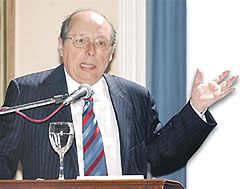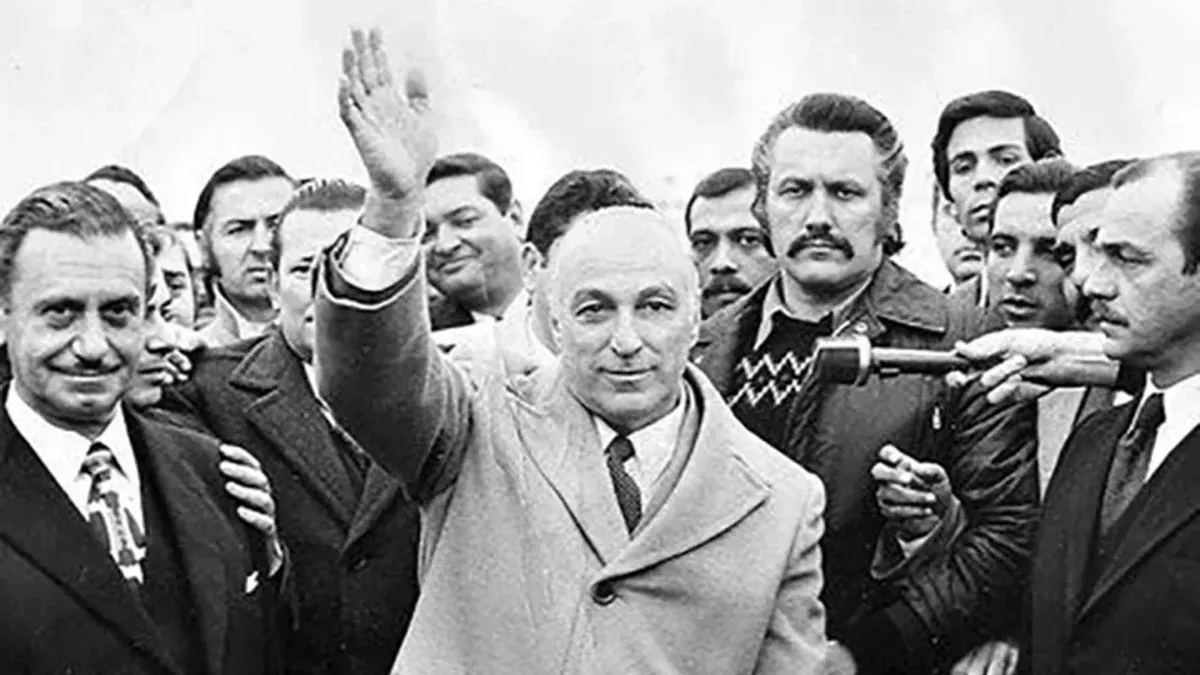The Argentine economy It has received numerous blows throughout its history, with demanding and ineffective plans that only further complicated the pockets of the workers. The measures of adjustment and attempts to lower inflation did not have positive effects on the functioning of the system.
One of the most devastating plans for the Argentine economy, and which was the driver of social misfortune a year after it was announced, was the “Rodrigazo“. This was developed by Celestino RodrigoMinister of Economy in 1975 which, in its intention to stabilize the reserves, caused a political explosion.
taxes-salaries-calculator-expense-adjustment-afip-monotributo.jpg
Depositphotos
Historical context of the “Rodrigazo”
He Rodrigazo It occurred during a period of great turbulence in Argentina. In 1975, the country was under the presidency of María Estela Martínez de Perónafter the death of her husband, Juan Domingo Perón. The nation faced a combination of economic, social, and political problems, including rising inflation, a significant fiscal deficit, and a series of labor and social conflicts. The previous years had seen a escalation in political and social violencewith the actions of guerrilla organizations and government repression, creating a climate of instability.
Furthermore, the Argentine economy was in a severe crisis. The economic policies implemented during the administration of Juan Domingo Perón had generated economic imbalanceslike uncontrolled inflation. This situation led to the need to implement drastic measures to try to stabilize the economy and the exchange market. It was in this context that Celestino Rodrigo assumed Minister of Economy and proposed his adjustment plan.
Rodrigo’s plan arose at a time when The Central Bank’s reserves were exhausted and the balance of payments showed alarming signs. Internal and external pressure to take immediate action was intense, and the government was looking for a solution to avoid total economic collapse. In this environment of urgency and tension, the Rodrigazo was presented as a necessary although extremely unpopular measure.
How was the “Rodrigazo”
El Rodrigazo, implemented on June 4, 1975 by the Minister of Economy Celestino Rodrigoincluded a massive devaluation of the Argentine peso: a 160% increase in the exchange rate commercial change and 100% in the financial. In addition, public service, transportation and fuel rates were drastically increased, in some cases up to a 180%and caps were imposed on salary increases. These measures sought to correct macroeconomic distortions and stabilize the economy through an abrupt shock.
“As happened in Argentina with the rodrigazo, in the US there would be a Bernankazo,” said Guillermo Calvo.

“As happened in Argentina with the rodrigazo, in the US there would be a Bernankazo,” said Guillermo Calvo.
Socioeconomic consequences
The socioeconomic impact of the Rodrigazo was drastic and profound. The strong devaluation and the increase in prices of basic services and goods generated a hyperinflation which quickly eroded the purchasing power of the population. Wages, which had been frozen, could not keep pace with rising prices, leading to a widespread impoverishment and an increase in social inequality. The economic recession deepened, with a drop in production and employment, further exacerbating social unrest.
In the social sphere, these measures caused great discontent and a wave of protests and strikes. Unions and workers organized demonstrations against the government, and the climate of labor conflict intensified. The loss of confidence in the economic policies of the government of María Estela Martínez de Perón further weakened his administrationcontributing to the political instability that culminated in the 1976 coup d’état.
Source: Ambito
David William is a talented author who has made a name for himself in the world of writing. He is a professional author who writes on a wide range of topics, from general interest to opinion news. David is currently working as a writer at 24 hours worlds where he brings his unique perspective and in-depth research to his articles, making them both informative and engaging.




